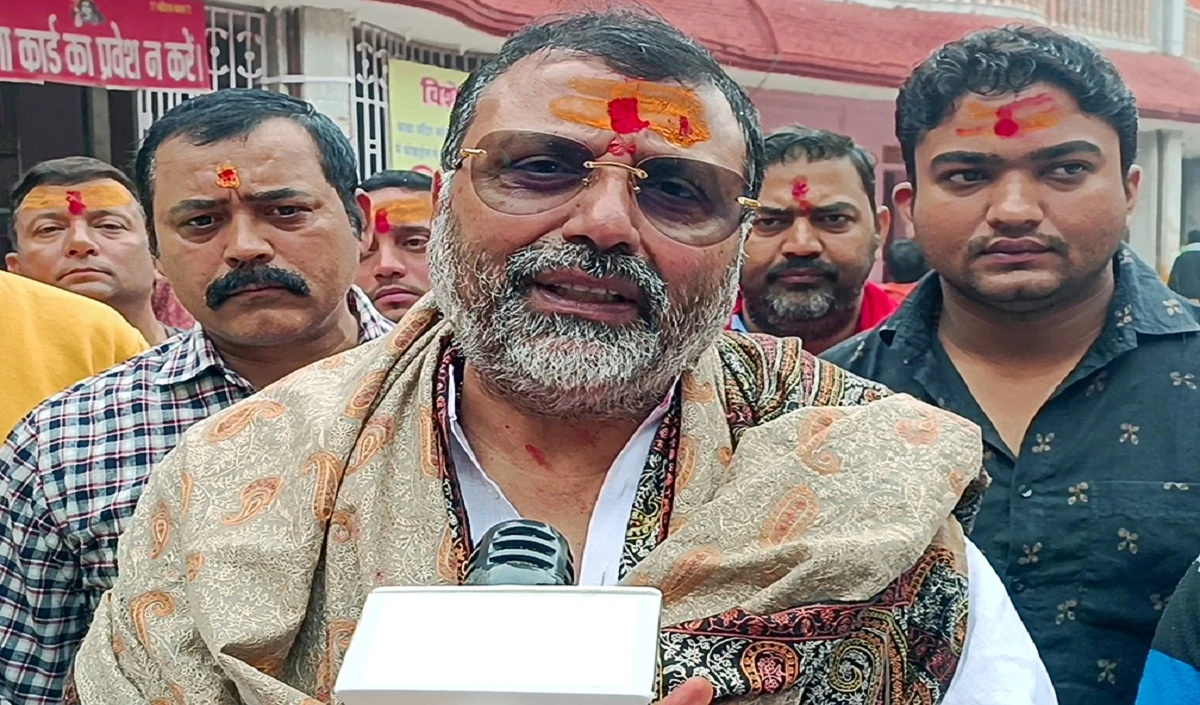China has approved the construction of the world’s largest hydropower dam, launching an ambitious project on the eastern edge of the Tibetan Plateau. This step of China can affect millions of people in India and Bangladesh. India’s Brahmaputra river reaches Tibet and is known as Yarlung Tsangpo. According to an estimate provided in 2020 by China Power Construction Corp., the dam, which would be located in the lower reaches of the Yarlung Zangbo River, could produce 300 billion kilowatt-hours of electricity annually. This would be more than three times the 88.2 billion kWh designed capacity of the Three Gorges Dam, currently the world’s largest, in central China. The project will play a major role in meeting China’s carbon peak and carbon neutrality targets, stimulating related industries such as engineering and creating jobs in Tibet.
Read this also: India China Tension: Plan was made with 10 lakh suicide drones… Now China shaken by India’s ‘blast’
A section of the Yarlung Zangbo falls from a height of 2,000 m (6,561 ft) within a short span of 50 km (31 mi), providing immense hydropower potential as well as unique engineering challenges. The outlay for construction of the dam, including engineering costs, is expected to be less than that of the Three Gorges Dam, which cost 254.2 billion yuan ($34.83 billion). This involved the resettlement of 1.4 million displaced people and was four times more than the initial estimate of 57 billion yuan. Authorities have not indicated how many people the Tibet project would displace or how it would affect the local ecosystem, one of the richest and most diverse on the plateau.
Read this also: Pakistan is increasing the strength of its army by 40…in 24 months, how powerful are the high-tech fighter jets received from China?
However, strong protests against it on a large scale have been going on in Tibet throughout the year. Due to its construction, not only many religious and holy monasteries will be submerged but thousands of Tibetans will have to face displacement. This Chinese project will be implemented up to Paili Valley in Dege and Jiangda. Tibet’s protest has had no impact amid China’s strict rules and laws. Where exactly China will build this dam and when it will start it is being kept completely confidential.



